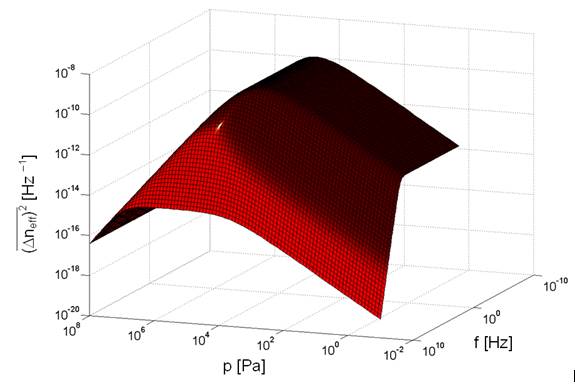Surfaces of MEMS/NEMS devices are necessarily exposed to some kind of working environment, which may be gaseous or liquid. This is especially important for chemical or biological sensors where the exposure of the device surface to the environment is essential for the very operation of the devices. During this exposure, particles of the surrounding fluid are bound to the device surface – adsorption, which may be mechanical-physical (physisorption) or with a formation of a chemical bond (chemisorption). At the same time, particles are detached from the surface (desorption).
The influence of adsorption and desorption (a-d) to the parameters and thus to the functions of the system is relatively larger if the elements of the system are smaller, since the same amount of fluid represents a larger part of the whole system. As a consequence, various nanosystem properties are changed, including mechanical, optical and other properties (mass, resonant frequency, refractive index, etc.)
We investigate various situations of interest, including equilibrium and nonequilibrium a-d process which may be monolayer (monatomic/monomolecular, described by Langmuir isotherm) or multilayer (BET), etc. It is especially interesting to investigate time-dependent a-d processes which may furnish additional information about the system. To investigate these phenomena we utilize analytical methods and numerical simulation.
This research is of direct interest for chemical or biological sensors based on microcantilevers, as well as plasmonic chemical or biological sensors, but are applicable to other devices, like RF MEMS and NEMS, e.g. various types of resonators. We plan an extension of our work to new fields like a-d processes in semiconductors and in biological systems.

